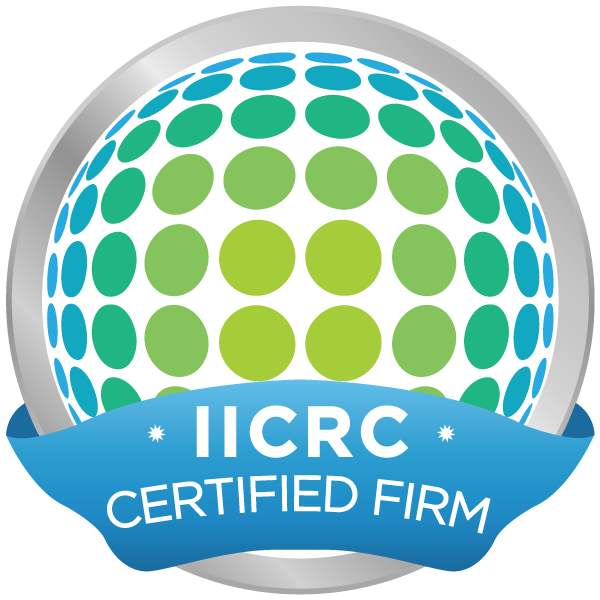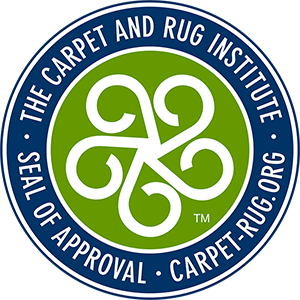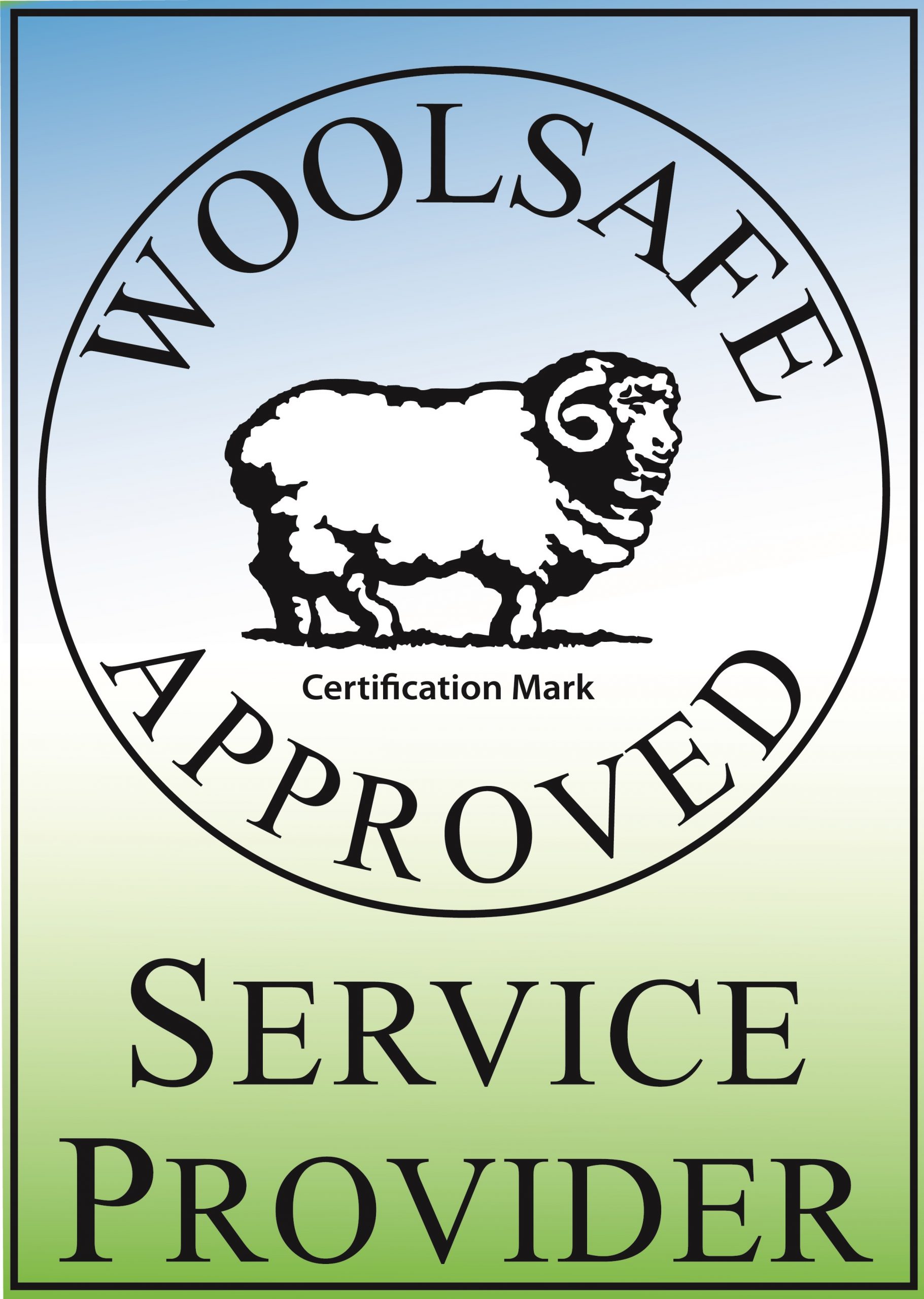Rug bleeds due to improper cleaning and no padding. The stain is permanent. If your home features area rugs, such as Persian or Oriental rugs, and regular wall-to-wall carpet as floor coverings, be sure never to clean your area rugs like you would wall-to-wall carpeting. Here’s why: Most wall-to-wall carpet in your home is manufactured by a machine using a synthetic material such as nylon. The carpet’s primary components are a face fiber held in place with latex adhesive and a plastic backing material. Most quality Oriental area rugs are hand-knotted using natural fibers such as wool, silk or cotton and these rugs are held in place by carefully constructed “knots.” Many Oriental rugs also contain vegetable dyes that will “run” or migrate if cleaned with hot water or exposed [...]
WHEN IT COMES TO THE HAND WASHING OF ORIENTAL RUGS, WE ARE THE EXPERTS YOU CAN TRUST. Washing a rug by hand is a process, which if done correctly, can restore your rug or carpet close to its former glory. Hand washing is an art form, not a mechanical process, and should only be performed by experts who know how to avoid damaging your precious textile. At Oriental Rug Salon we have the experience and certification to ensure your valuable area rug is cleaned the way it should be and that is by hand under the watchful eye of our rug master. Our hands-on approach to cleaning ensures your area rug is cleaned professionally and with the utmost care. Each area rug is thoroughly inspected, and if necessary, the colors [...]
To the untrained eye, it can be difficult to tell the difference between a hand knotted and a machine-made rug, but there are things to look out for and ways to find out how your rug was constructed. Not only is it an important factor when purchasing an area rug that you know how it is made, but the construction also dictates how to best clean and maintain your newly acquired textile. As the “cleaner of choice” to many rug collectors, interior designers, as well as lovers of “Oriental” rugs, we have seen our share of rugs coming to the shop that the owners “thought” were genuine hand-knotted rugs (and they paid good money for them). More than a few customers have been disappointed when we had to tell them [...]
When it comes to Oriental, Persian, Chinese, wool and silk area rugs, their history seems steeped in mysteries of the East. It can start with a rug retailer giving a “little story” about the rug to enhance the sale. Or just wrong information which is repeated so many times it takes on a life of its own. So like Myth Busters on television let’s bust a few rug myths. Rug Myth Number One Oriental rugs are identified only by design. FALSE. The design is just one component used to identify hand-knotted rugs and their value. Construction, including the type of knots, signatures, having a firm grasp of “Oriental” history, the age of the textile, origin, and experience are the best methods to identify all rugs. Rug Myth Number Two All [...]
Oriental, Persian, Wool & Silk Area Rug Cleaning During trade shows, educational meetings with interior designers and occasionally by new clients, we’re often asked what the difference is in what we do and that of a carpet cleaning or machine based rug cleaning plant. Hopefully this blog post will shed some light on the differences and help the reader avoid a potentially costly mistake. Color run and dye bleed: Many Oriental and Persian carpets and rugs are naturally dyed and contain root vegetable dyes which, if not dealt with correctly and tested beforehand, will almost always run off into the other colors of the rug. It is incredibly important that each and every rug is tested for color fastness prior to the start of introducing moisture and cleaning agents. At [...]
When deciding to hire a professional Oriental, wool or silk area rug cleaning company, you want to make sure to find a specialist that you can trust to do the job correctly. Unfortunately, we’ve seen too many instances where clients have allowed carpet cleaning or unqualified rug cleaning “professionals” attempt to clean their area rug with disastrous results. Here are a few questions that you can ask to ensure you hire a qualified company for your area rug cleaning needs. How long have you been in the rug cleaning industry and how much experience do your technicians have? Usually, the longer a dedicated rug cleaning plant has been in business, the better. They probably have been doing things right to stay in business for as long as they have. Cleaning [...]
Signed Persian "Oriental" Area Rugs As many collectors and lovers of “Oriental” rugs know, the mark of a unique handmade rug is the signature. This distinctive symbol of the weaver can be of the workshop where it was made, the weaver who wove the rug, year made, the region of origin, and in rare cases, all the above. There is no mistaking the superior quality of these rugs. These works of art exhibit flawless craftsmanship, superb materials, unique and outstanding design, and incredible color combinations. The signed Persian rugs come mostly from the weaving regions of Nain, Tabriz, Qum, and Isfahan. Top and center of the rug, either in the minor/major or main borders are where you will find these signatures and “Isfahani rugs are nearly all signed because of [...]
Oriental Rug Salon is noted for the outstanding results produced for our clients when hand washing all Oriental, Chinese, and Persian carpets and rugs. From small fireside Oriental rugs to hand-knotted prayer rugs and very large room-sized Persian carpets, our specialist rug cleaning service gently penetrates deep into the pile of the rug, extracting deep-set dirt, oils, dust mites, and pollen while rejuvenating the wool/silk to bring back a soft, luxurious feel. Oriental Rug Salon only uses traditional hand washing methods and we treat each rug individually. Unlike mechanical batch-washing rug cleaning plants where all area rugs are treated the same and cleaned with others, our “one at a time” old world approach guarantees your area rug receives the personal attention it deserves. We clean and repair Oriental carpets, [...]
Oriental Rug Salon is an established SW Florida Oriental rug cleaning, restoration, and repair company specializing in the traditional hand cleaning of Persian, Afghan, Kilim, and Oriental carpets, rugs and runners. Whether you have a beautiful floral Persian carpet with striking reds or a soft deep piled tribal rug with soft luxurious wools – we hand wash all Oriental carpets and rugs using old world traditional methods. Our specialty hand washing service brings back the vibrant colors and natural vegetable dyes allowing the rugs and carpets to feel soft, luxurious and look striking once again. We carefully wash wools or silk using organic and vegetable shampoo to preserve the natural oils and colors of the area rug while bringing back the luster and natural beauty of the pile. Oriental Rug [...]
Authentic Hand Washing Of Oriental, Wool and Silk Area Rugs Oriental Rug Salon is a boutique hand washing rug plant specializing in the cleaning, restoration, and repair of Persian, Turkish, Moroccan, Chinese and other wool and silk area rugs. Many of SW Florida’s most seasoned Oriental rug retailers, rug collectors, interior designers, and restoration companies refer our services exclusively. Unlike rug cleaning plants who rely on automated batch washing equipment to wash a dozen or more rugs at a time, we clean area rugs as they’ve been cleaned for hundreds of years, with personalized attention, one at a time. You see, in batch washing plants, your rugs are thrown in a tub with others that may contain pet urine, biological or fungal issues, excessive dirt or oils, are bleeders, etc. [...]



